Understanding the BCD (Boot Configuration Data) Store File
- Home
- Support
- Tips Data Backup
- Understanding the BCD (Boot Configuration Data) Store File
Summary
The Boot Configuration Data (BCD) Store file is essential for the Windows operating system's boot process and is located in the System Reserved partition, which is often hidden and lacks a drive letter. Accessing this file directly is challenging because the OS keeps it open, but you can use the BCDEDIT tool with administrative privileges to create a backup copy for examination.
Table of contents
 Commands in BCDEDIT
Commands in BCDEDIT- Commands that operate on a store
- Commands that operate on entries in a store
- Commands that operate on entry options
- Commands that control output
- Commands that control the boot manager
- Commands that control Emergency Management Services
- Commands that control debugging
- Commands that control remote event logging
However, even with these adjustments, the BCD file remains inaccessible as it is kept open by the OS. Instead, you can use the BCDEDIT program to create a backup copy of the BCD file, which can then be examined using a hex editor or Notepad.
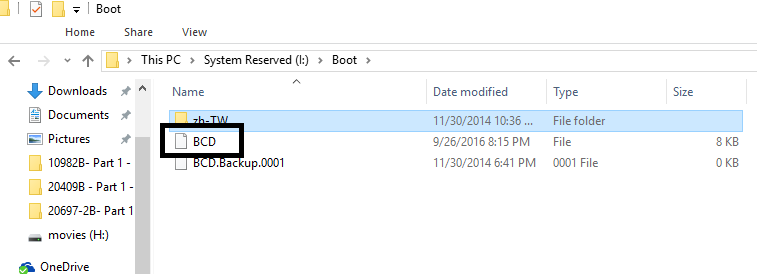
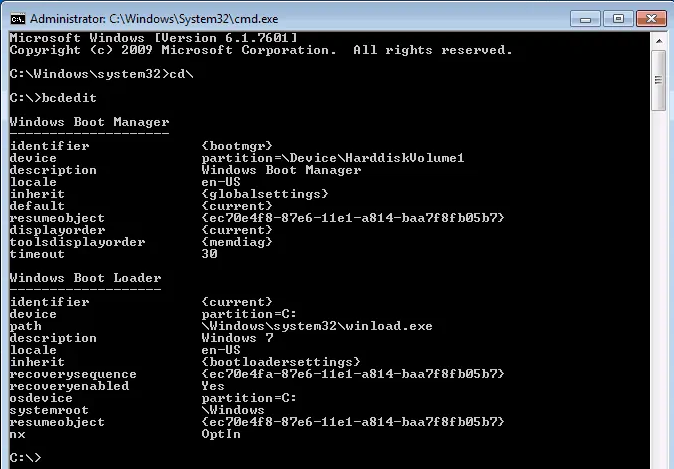
bcdedit
/createstore
/export
/import
Commands that operate on entries in a store
/copy
/create
/delete
Commands that operate on entry options
/deletevalue
/set
Commands that control output
/enum
/v
Commands that control the boot manager
/bootsequence
/default
/displayorder
/timeout
Commands that control Emergency Management Services
/bootems
/ems
/emssettings
Commands that control debugging
/bootdebug
/dbgsettings
/debug
Commands that control remote event logging
/eventsettings
/event
C:\>bcdedit /export "C:\bcdtemp.bin"
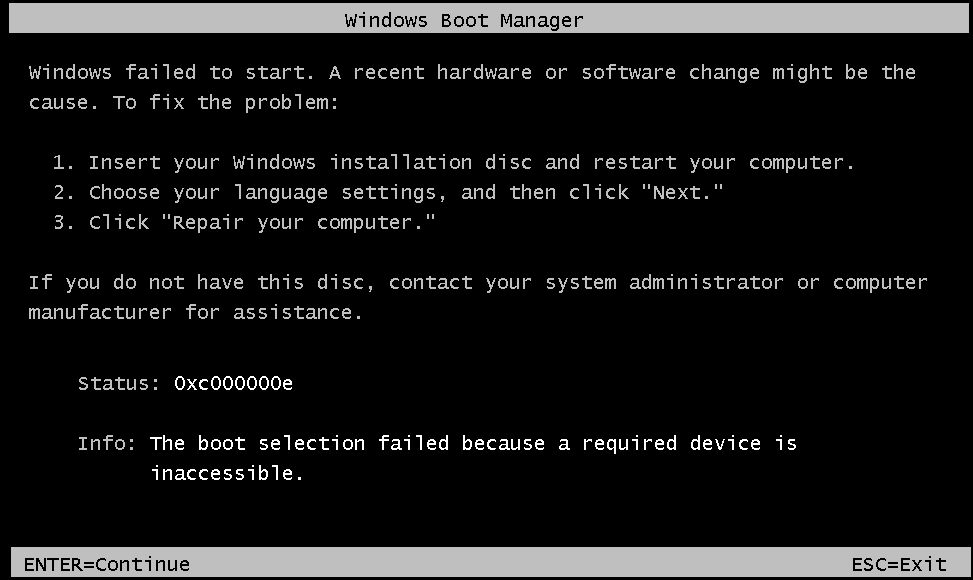
BOOTREC /SCANOS
BOOTREC /FIXMBR
BOOTREC /FIXBOOT
BOOTREC /REBUILDBCD
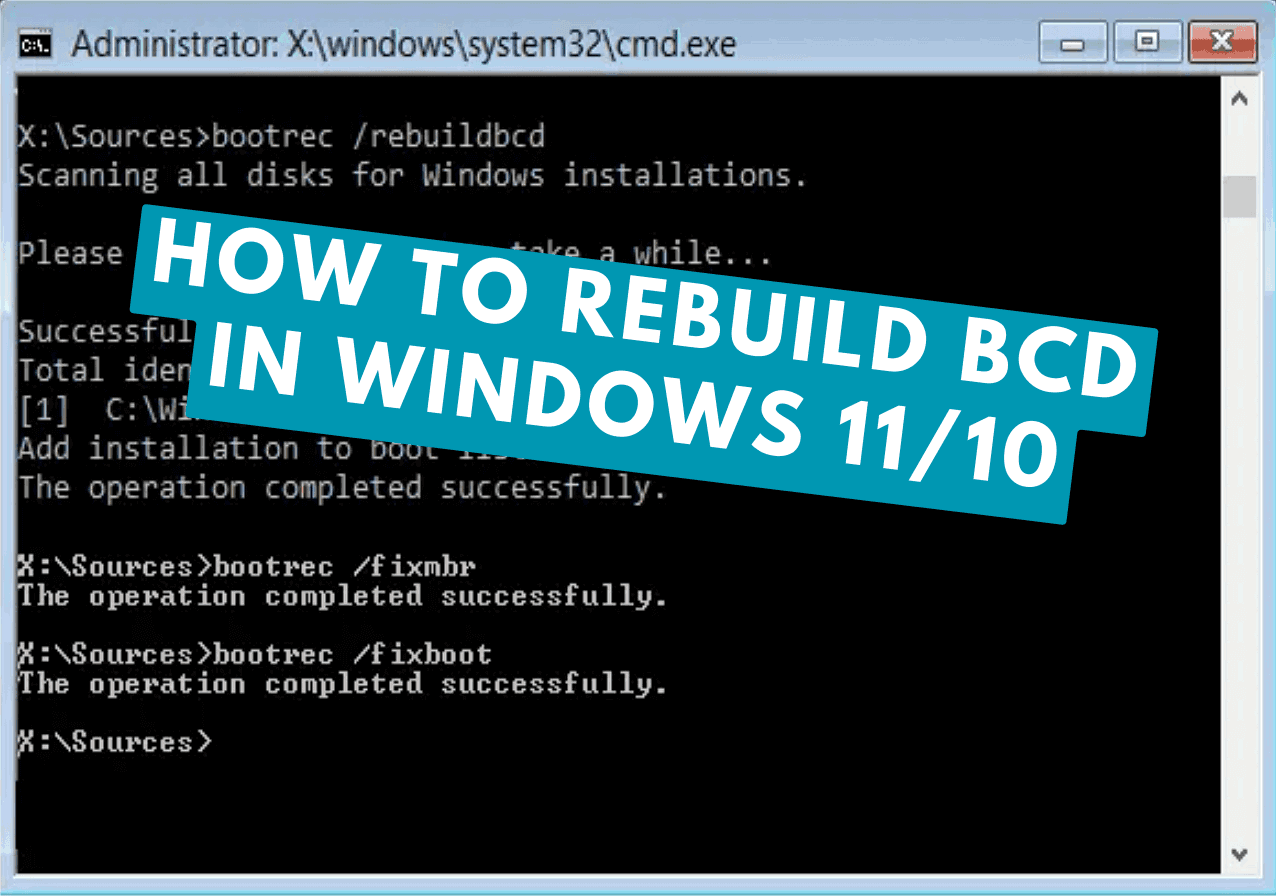
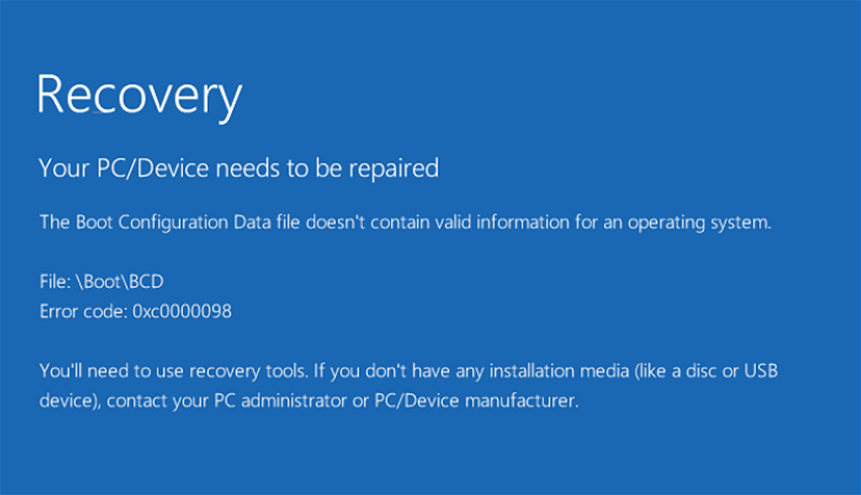

Automatic 4K alignment Improves SSD performance during system migration.
Support GPT and MBR Automatically adapt to the suitable partition format.
Support NTFS and FAT32 Redeploy various files in different file systems.
Back up quickly Back up files at up to 3,000MB/min.
Overall backup schedule Support system redeployment/system backup/partition backup/disk backup/disk clone.
Automatic 4K alignment Improve SSD performance
Support GPT and MBR Intelligently adapt to a partition format
Support NTFS and FAT32 Redeploy files in different file systems
Free TrialFree TrialNow 2000 people have downloaded!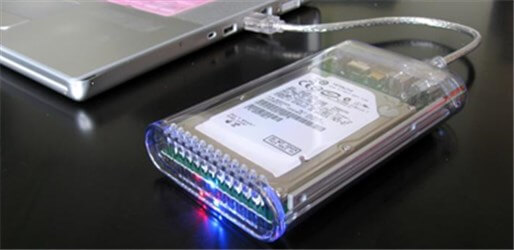
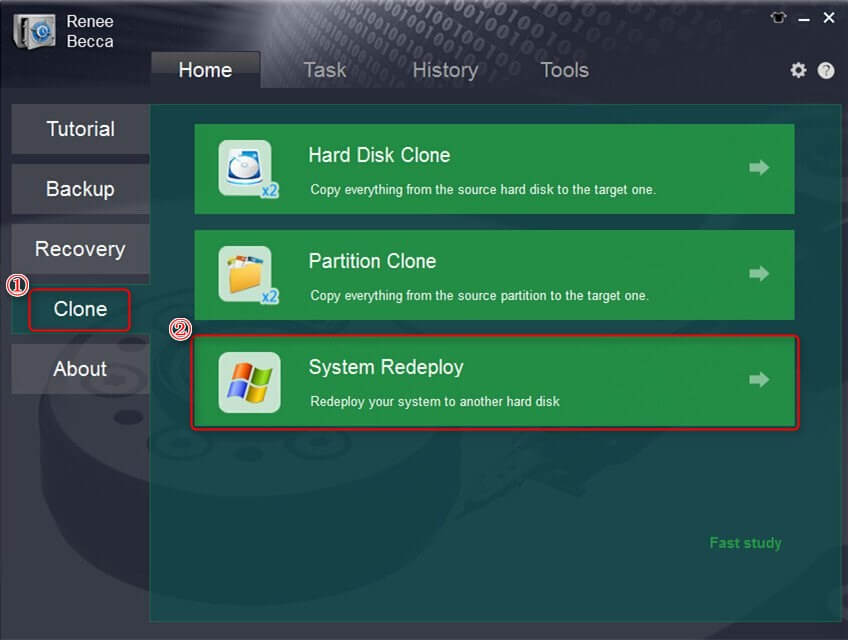
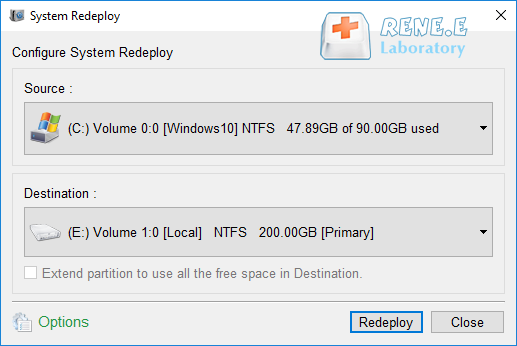

Automatic 4K alignment Improves SSD performance during system migration.
Support GPT and MBR Automatically adapt to the suitable partition format.
Support NTFS and FAT32 Redeploy various files in different file systems.
Back up quickly Back up files at up to 3,000MB/min.
Overall backup schedule Support system redeployment/system backup/partition backup/disk backup/disk clone.
Automatic 4K alignment Improve SSD performance
Support GPT and MBR Intelligently adapt to a partition format
Support NTFS and FAT32 Redeploy files in different file systems
Free TrialFree TrialNow 2000 people have downloaded!Relate Links :
Cloned SSD Won't Boot? Discover the Fixes
21-08-2024
Ashley S. Miller : If your cloned SSD won't boot, don't worry. This guide covers common issues like improper installation and incorrect...
Effortlessly Clone Your Boot Drive in Windows: A Step-by-Step Guide
01-08-2024
Amanda J. Brook : Discover how to effortlessly clone your boot drive in various Windows versions with our detailed guide. Learn to...
Master Bootrec.exe Tool: Your Guide to Easy Windows Recovery
01-08-2023
Amanda J. Brook : Learn what Bootrec.exe tool is and how to use it to solve common computer problems like sector damage...
Easy Guide to Fix The Error "Stop Code: BAD SYSTEM CONFIG INFO" on Windows 10
13-07-2023
Amanda J. Brook : Resolve the blue screen error "Stop Code: BAD SYSTEM CONFIG INFO" on Windows 10 with easy repair methods...
- The BCD Editor
- Commands in BCDEDIT
- Commands that operate on a store
- Commands that operate on entries in a store
- Commands that operate on entry options
- Commands that control output
- Commands that control the boot manager
- Commands that control Emergency Management Services
- Commands that control debugging
- Commands that control remote event logging
- BCD Editor Examples
- BCD File Experiments
- Changing the NT Disk Signature
- Moving the C: Volume
- How to Rebuild BCD in Windows
- Using Renee Becca for System Migration to avoid BCD errors
- Conclusion




